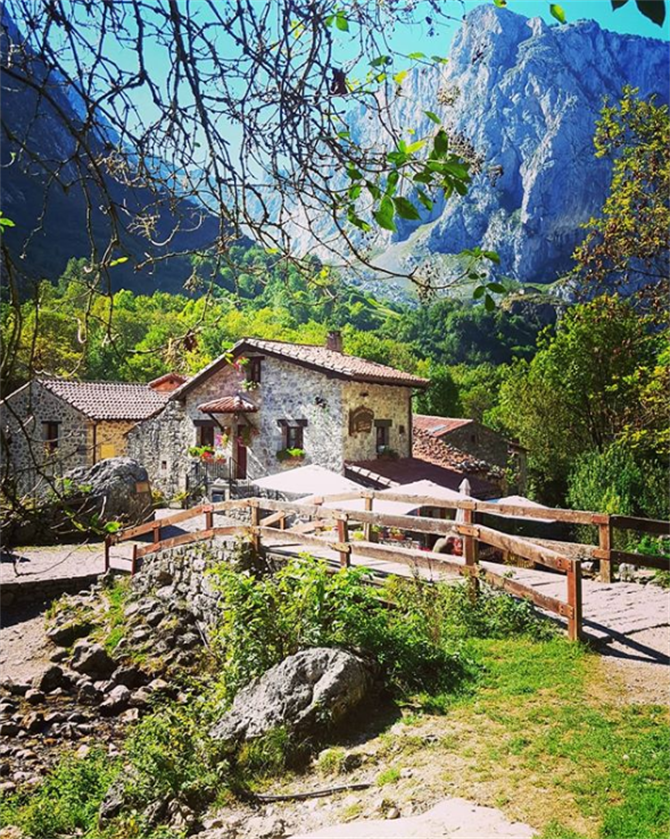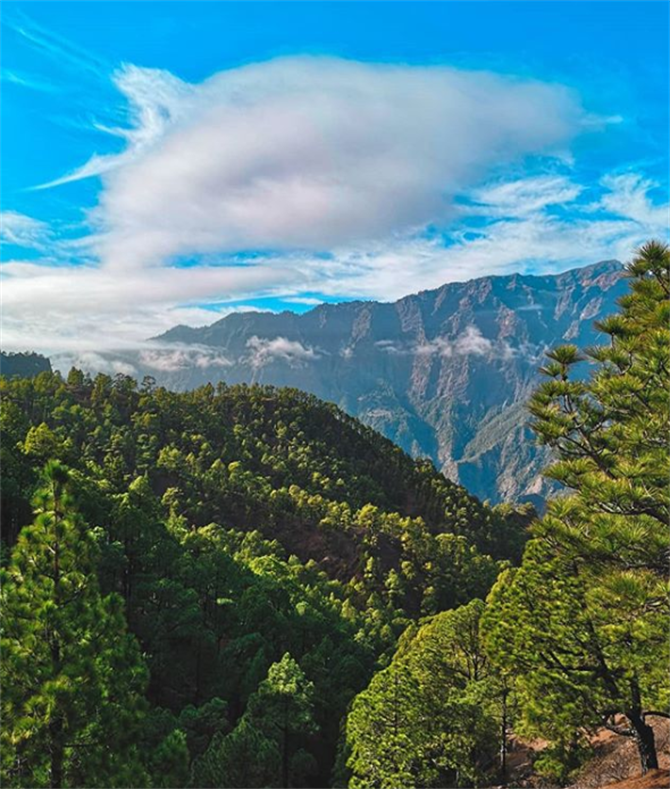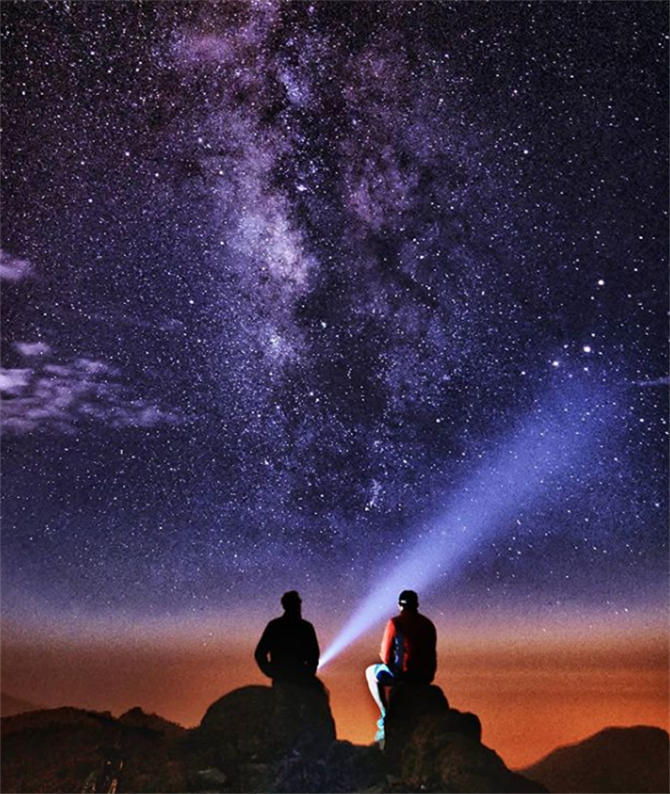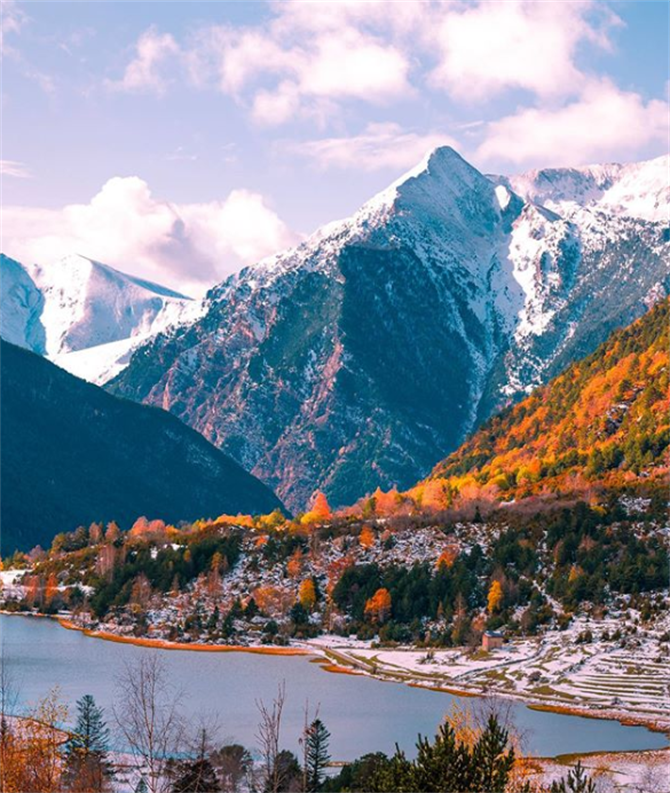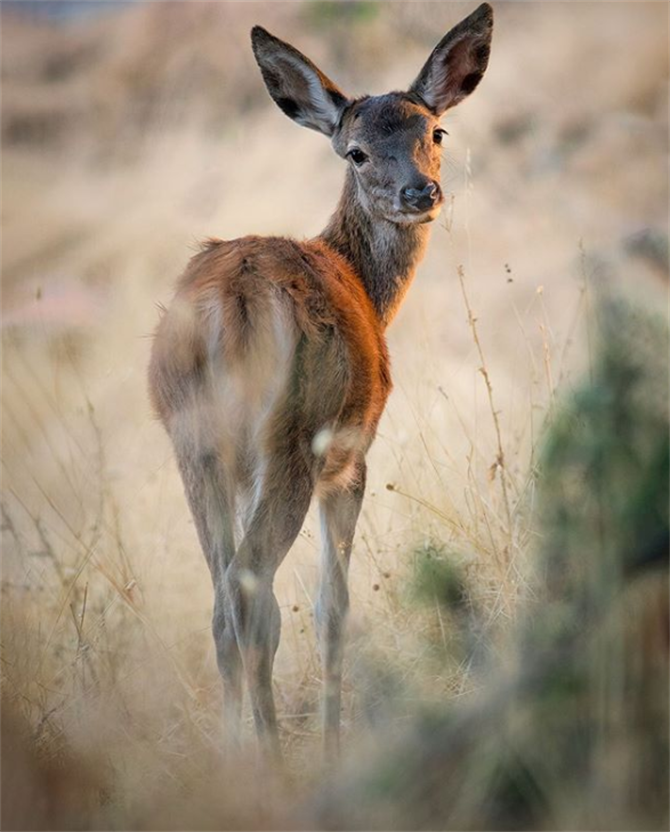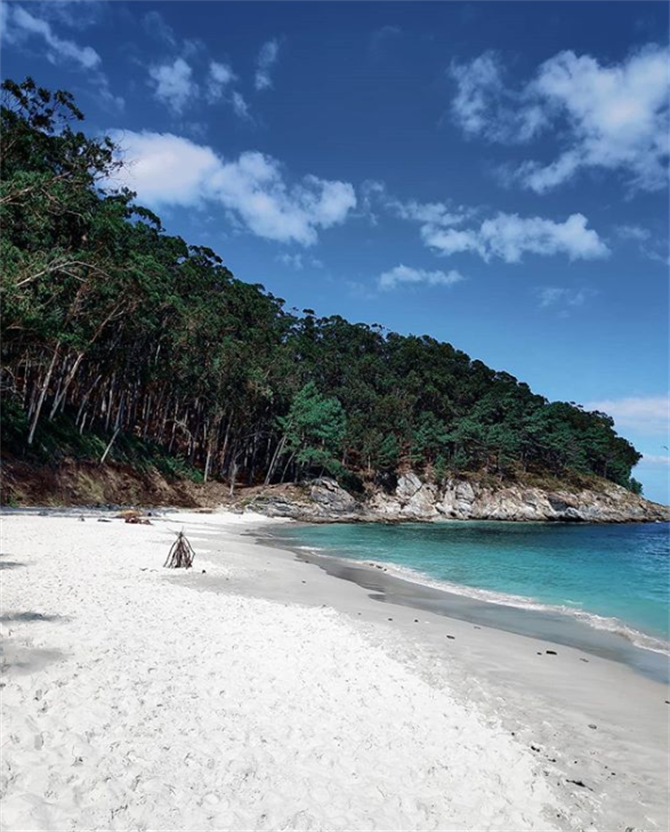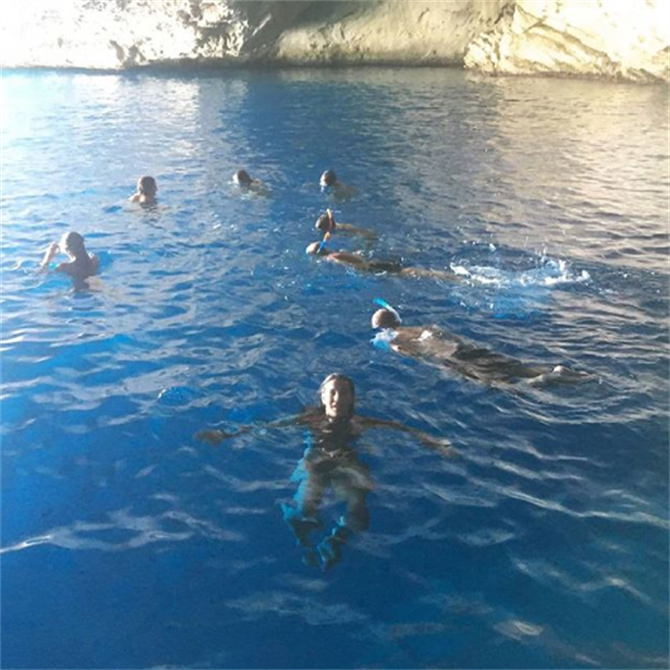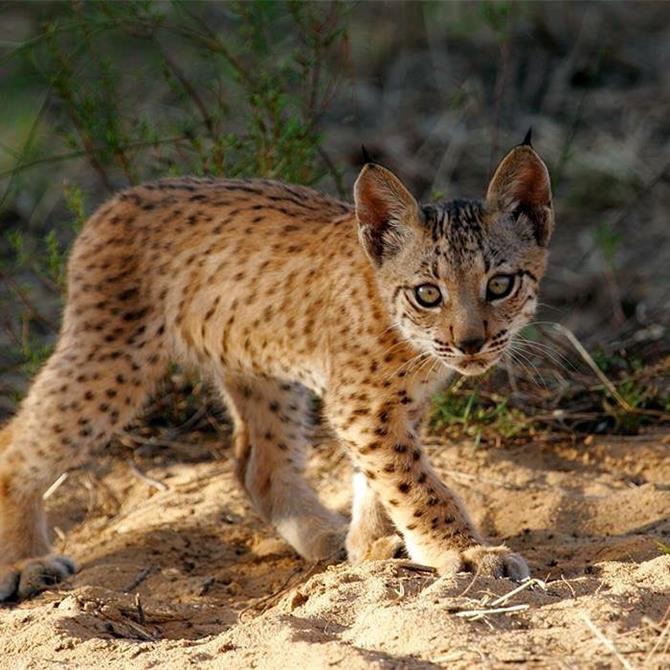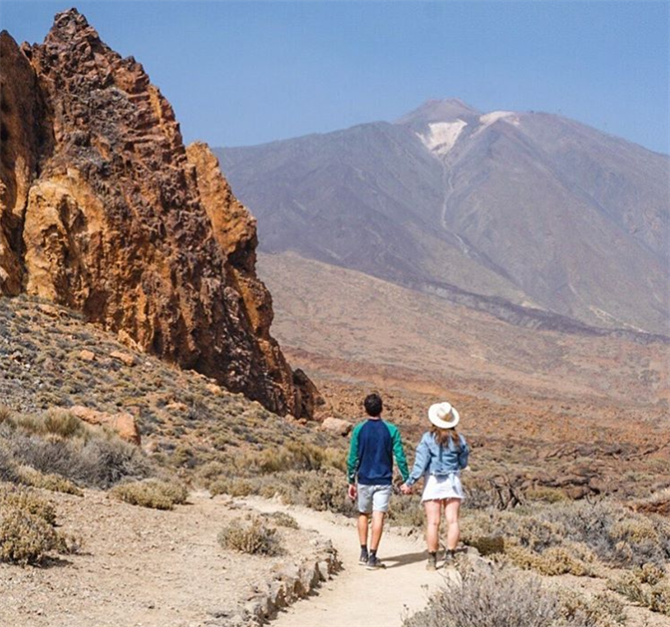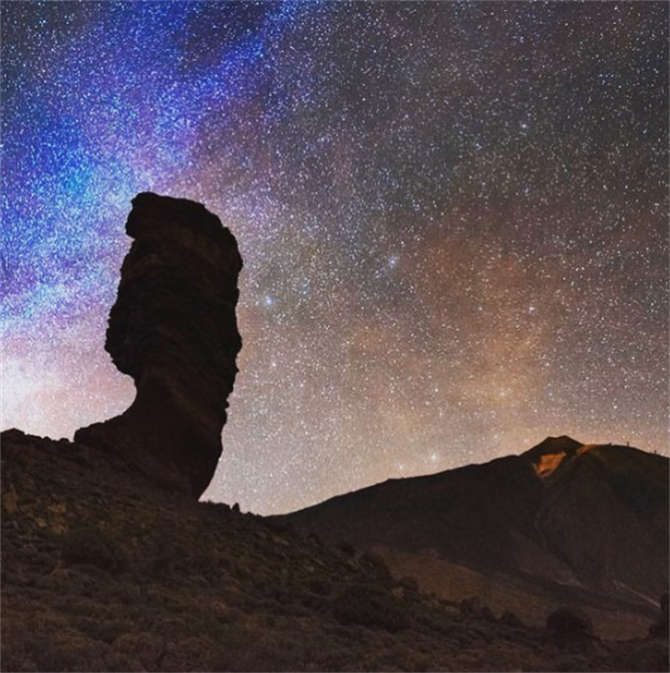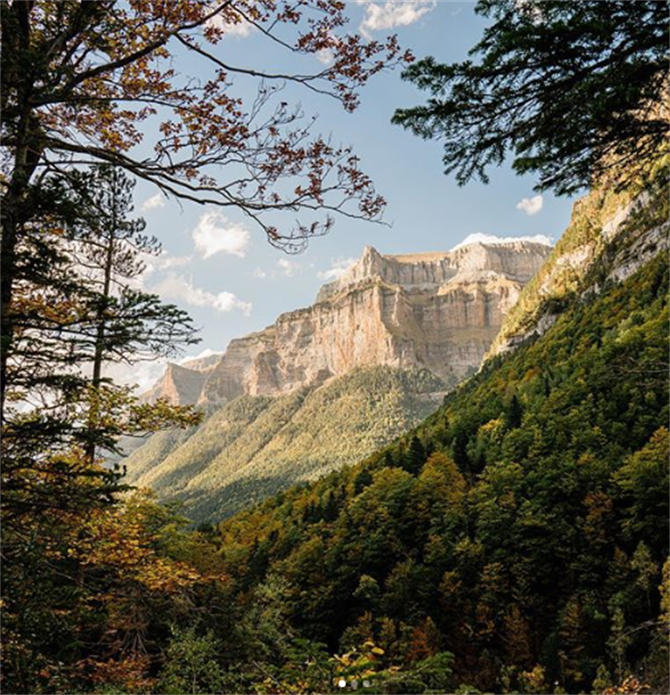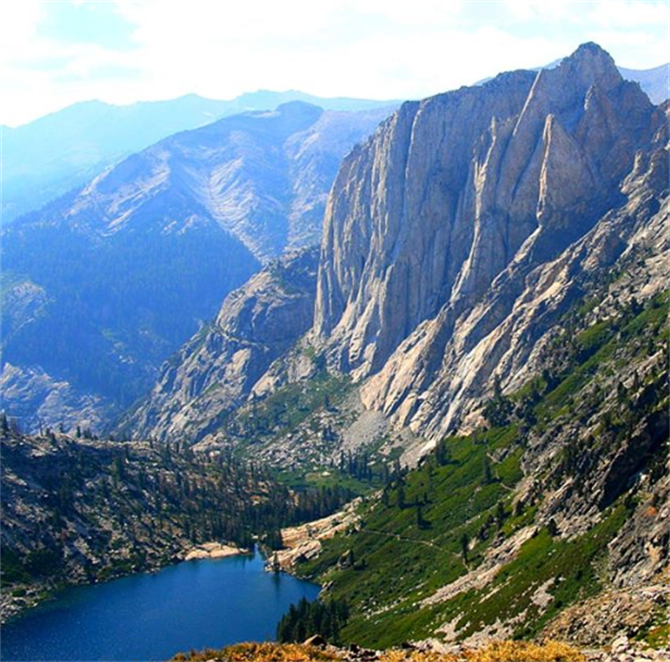Spain is home to many spectacular national parks, all of which with their own unique offering of flora and fauna. One of the best ways to disconnect from the stresses of everyday life is to get out into nature. Experience nature at its finest, rent a holiday home in the Spanish countryside, see rare species in their natural habitat and unwind as you explore these tranquil locations.
Picos de Europa National Park
The Picos de Europa is located in the Cantabrian mountains, straddling the provinces of Asturias, Leon and Cantabria, over 646 km. The area boasts some of the best landscapes in Spain, sculpted by the effects of ice and rain which created a magnificent karst system. For hiking enthusiasts, there are many routes that curve around deep gorges and wind through luscious valleys. Experience traditional mountain life, taste the local cuisine and admire the architecture by visiting some of the prettiest villages in the area. Around the base of the mountain range, you will find Posada de Valdeón on the south side, Arenas de Cabrales on the north side and Potes in the east.
The climate is humid and rainy, and many locations are flanked with snow in the winter. If you are an avid hiker there are many walking routes throughout the Picos de Europa, be aware of frequent fog banks that roll in, making it hard to see the path in front. If hiking is not your thing, you can still experience the immense beauty of the area by taking the Fuente Dé cable car located in the heart of the Picos de Europa in Cantabria. The ride takes travellers up 1823 metres in 4 minutes.
Caldera de Taburiente National Park, La Palma
Caldera de Taburiente dominates the northern part of La Palma. Stretching over 10 km, the Caldera formed through the process of erosion near the crater of the volcano some 2 million years ago. It was here where the last of the indigenous people lived on the archipelago up until the 15th century.
The whole island of La Palma has been declared a UNESCO biosphere reserve. The unique landscape of Caldera de Taburiente is characterised by deep ravines, colourful waterfalls, dense pine forests and jagged cliffs. The best way to discover its rugged nature is on foot, and there is an extensive network of walking trails signposted and well-maintained. One of the main attractions in Taburiente park is the 'Cascadade Colores' waterfall. It is easy to miss and requires a slight deviation off of the trail through Las Angustias ravine to reach it. Admire the green, yellow and orange hues which differ in vibrancy throughout the year depending on the flow from the ravine.
For a truly special experience, La Palma is an unrivalled location for stargazing. In order to avoid excessive light pollution, the island has been protected by law. Book an astronomy tour and the team will take you on a journey through the stars and constellations of the night explaining their stories and mythology.
Although La Palma experiences sun almost all year round, the best time to visit Taburiente National Park is from May through to October. There is also a campsite located in the park which is open all year. You need prior authorisation (at least 24-hours before) to camp here and the number of nights is limited to 2 in the summer and holy week. The rest of the year you can camp here for up to 7 days.
Aigüestortes National Park, The Pyrenees
Find this stunning scenery in the province of Lleida. A true paradise for nature lovers, the area stretches over 141 km. Hike around crystal clear lakes, rugged mountains, gushing rivers and spectacular waterfalls. Aigüestortes is also one of the best national parks in Spain to spot a plethora of wildlife. Find golden eagles, antelope, the Pyrenean chamois and roe deer. The visitor centres are in the villages of Boí and Espot with the main entrances to the park at Pallars Sobirà and Alta Ribagorça. One of the most iconic places in this national park is the lake of Sant Maurici, offering breathtaking views of the peaks of Encantants.
There are a wide range of trails available, those for trekking enthusiasts and shorter strolls for families. The visitor centres offer information about orientation regarding the rules and regulations concerning the Park's territory and access. You can visit Aigüestortes National Park all year round and each season offers unique beauty. In the winter the park can experience harsh weather conditions and many areas are flanked with snow, more pleasant temperatures are from May through to September.
Monfragüe National Park, Extremadura
Monfragüe National Park is located in Extremadura and the whole province is famous for its natural beauty. Monfragüe National Park itself is home to an abundance of bird-life as well as caves that house prehistoric painting. The park runs along the Tagus river with trails cutting through the mountains. With over 280 species of birds, admire black vultures, Spanish imperial eagles, black storks and the Egyptian vulture gliding over this stunning landscape.
There are many hiking trails throughout the park, all varying in difficulty. If you are lucky, you may come across the other wildlife in the park such as the rare Iberian lynx, deer, wildcats, tortoises and otters.
Another incredible feature of this park is the evidence of prehistoric schematic rock art in the caves. These paintings have been discovered in over 100 sites in the area revealing the human occupation on this land from the copper, bronze and iron age.
The best time to visit Monfragüe National Park is in the spring to see the birds in the park. In the summer, it can be very hot and if you would like to go birdwatching its best to go for the sunrise or sunset.
The Cíes Islands, Galicia
The Cíes Islands are nothing short of a natural paradise. The archipelago consists of white sandy beaches and crystal clear waters just a ferry ride away from Vigo. The area is made up of three islands; Monteagudo, Faro and San Martiño, and the beaches have been likened to those in the Caribbean. The most famous beach is Playa Rodas, which was once voted the most beautiful beach in the world. The islands also boast lush pine forests, dramatic cliffs and impressive sand dunes.
Visitor access is strictly limited and you must obtain a permit. There is a campsite on the island if you would like to do more than just a day visit. Camping is open from May through to September and again, you will need a permit for this.
The best time to visit the Cíes islands is during the spring and summer months. The weather is at its most pleasant so you will be able to fully enjoy the beautiful beaches and the many hiking trails around the islands untouched nature.
Cabrera archipelago, Balearics
The Cabrera archipelago lies roughly 15 kilometres south-east off of the Mallorcan coastline. Consisting of 19 rugged islands it is the largest natural park reserve in Spain. There are no permanent residents on these islands due to their remote location meaning the area has remained beautifully untouched and preserved and can only be reached by boat.
The park is home to endangered sea life such as turtles and whales as well as rare species of fish and coral which can be found in the underwater caves. To preserve the wildlife here, The Cabrera Archipelago National Park restricts cruising, and boats may anchor only in the natural harbour or in one other specified area.
One of the best attraction in Cabrera is the "Cova Blava" or "Blue Cave". Due to its orientation, the rays from the afternoon sun illuminate the cave walls turning the water below a spectacular sapphire colour. You can arrange boat and watersport excursions here where you can experience swimming in these electric blue waters.
If you want to see these stunning islands on foot, there are many trails ranging from low to high in difficulty. One of the easiest walking routes will take you up to the castle providing unique views of the Tramuntana Mountain Range and Arta mountains of Mallorca. The archipelago also offers guided routes daily.
The Cabrera archipelago is a popular spot for scuba divers. More than 400 botanical species and 200 fish species live amongst the protected dense meadow of Posidonia oceánica. To preserve this habitat, a limited number of diving excursions are permitted daily. If you are renting a villa in Mallorca, the best time to visit the Cabrera archipelago is during in the spring and summer when temperatures are between 21°C and 25°C meaning you can truly enjoy the beaches and hiking trails.
Doñana Wetlands, Andalusia
Doñana National Park located in Andalusia is characterised by freshwater marshes, sandy beaches, dunes and Mediterranean forest. This vast area covers 543 kilometres extending through the provinces of Huelva, Cadiz and Seville. The park is home to two unique ecosystems and is Europe's most extensive wetland. Experience its raw nature and spot the rare Iberian Lynx and spur-thighed tortoise as well as over 300 species of birds, including flamingos.
There are a number of ways in which you can visit the park. One of the best excursions is the boat trip from Sanlúcar de Barramed. The crossing will take you through part of the national park where you can observe the pink flamingos and herons. Explore the area on foot through the various walking trails and visit the sandy cliff of Asperillo, the moving sand dunes at the mouth of the Guadalquivir river and miles of unspoilt beaches.
The best time to visit Doñana National Park is from March to May and from September to November. During these months there is the most bird activity, witness nesting and feeding in spring and bird migration in the autumn.
Teide National Park, Tenerife
El Teide Park is one of the most impressive natural wonders of Tenerife. It is here that you will find the highest mountain in Spain - El Teide. This volcano (which is still active) can be seen from almost every part of the island standing proud at 3718 metres tall. The volcanic landscape that surrounds the mount provides many walking trails that stretch over 190 kilometres offering a wealth of flora and fauna as well as caves and lava tongues.
El Teide National Park is one of the most popular places to visit in Spain, attracting over 3 million tourists every year. One of the best ways to see the park is by cable car. Once you reach the top you will have spectacular panoramic views of this impressive landscape, seemingly from another planet.
The area offers many hiking routes, if you want to walk around the crater of the volcano, you will need a special permit which can be obtained online. Notice the yellow tinge to the landscape and smell the sulphur permeating the air from the fumaroles.
El Teide National Park offers night tours where you can see the mount cast the tallest shadow over the sea in the world under the light of the moon and stars. This Sunset and Stars Teide Tour includes transport for small groups with a guide who will show you how to use a telescope and tell you about stories of Greek mythology which are hidden behind the constellations. The skies here are among the clearest in the world along with Chile and Hawaii, where it is possible to see 83 out of the 88 officially recognised constellations.
You can visit El Teide National Park all year round, and due to its location, Tenerife experiences pleasant temperatures throughout the year. During the summer months, the park extends its opening times but be aware that temperatures can make hiking for long periods of time uncomfortable.
Timanfaya National Park, Lanzarote
If you are renting a holiday villa in Lanzarote a visit to the Timanfaya National Park is a must. This rugged terrain was formed through volcanic eruptions between 1720 and 1736 and again in 1824. Stretching over 51 kilometres, the landscape seems otherworldly.
This park makes up a quarter of the island which was declared a UNESCO Biosphere Reserve in 1993. Access to the area is strictly regulated to protect the flora and fauna which has remained almost the same for over 300 years. The best way to visit Timanfaya National Park is by an organised coach tour or walking tours for small groups. During the spring and summer, it is advisable to book in advance to avoid disappointment.
Admire the jagged lava rocks, impressive boulders, terracotta sand and the silhouettes of the volcanoes. Timanfaya volcano (of which the park is named) is still active to this day. For one of the most unique dining experiences, eat at El Diablo restaurant. The chefs' grill meat without electricity or gas by using the heat of the volcano. By placing "Vulkan grills" over a hole, your lunch is cooked by the pool of lava which lies just 6-feet below at a temperature of 400°C.
Be aware that in the summer temperatures can soar, the park is a vast open space so make sure to bring your suncream and cover-up.
Ordesa and Monte Perdido National Park, The Aragonese Pyrenees
The scenery of Ordesa and Monte Perdido National Park is dominated by the great massif of Monte Perdido at 3355 metres. Breath the fresh air as you trek around lush forests, gushing rivers, steep ridges and ancient glacial lakes.
The hiking routes vary in difficulty and you can choose from short trails to longer ones where you can overnight in hostels, campsites, rural guesthouses and shelters located in the park. One of the most popular routes is through the Ordesa valley leading to the Horse Tail waterfall. Approximately 2-hours, you will be taken through thick forests, green fields and waterfalls formed by the Arazas river.
There are various companies that offer adrenaline-filled activities in the park such as 4×4 excursions, kayaking, whitewater rafting and canyoning. For those who enjoy climbing, the unique rock formations provide ample opportunity. There are four main areas for rock climbing in the valley and guided climbs range in difficulty and length.
The park is open all year round but the best time to visit Ordesa and Monte Perdido National Park is in late spring and early autumn when the weather is milder and the park is less crowded.
The Sierra Nevada National Park, Andalusia
Sierra Nevada National Park stretches over 850 kilometres and its stunning scenery is characterised by an extensive mountain range, rivers, glacial lakes and snowy summits.
Throughout the park there are many opportunities for hiking, cycling and it is home to the most southerly ski resort in Europe. The ski season in the Sierra Nevada is also the longest in Europe, starting in late November, depending on the snowfall that winter, the slopes can remain open until early May.
One of the best things to do in the Sierra Nevada National Park is to visit the white-washed hilltop villages in the Alpujarras. These towns sit at the foot of the Sierra Nevada on the south side, offering breathtaking views of the snow-capped mountains. Pampaneira is the most picturesque white town in this area, an iconic feature are the streams that flow through the middle of the narrow cobbled streets. Dip in and out of craft shops and be sure to try some traditional cuisine. There are many walking trails across the hills that connect the villages and here you will get a sense of what life is like living in these remote locations.
The best time to visit Sierra Nevada National Park is in late spring and early autumn. Temperatures in the summer can reach scorching heights and in the winter can be bitterly cold.
**Remember that all of the national parks in Spain are protected areas and are of great environmental importance. It is essential that visitors respect the nature they find in each of these locations in order for the wildlife to continue to flourish.

